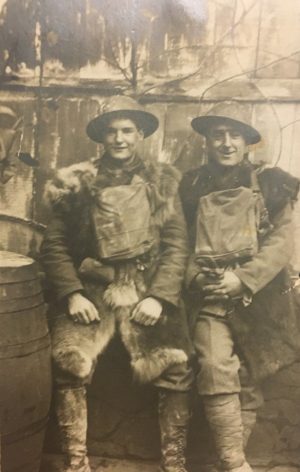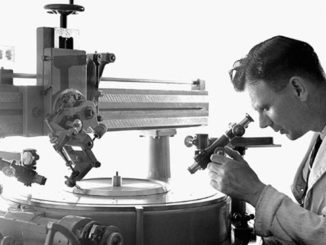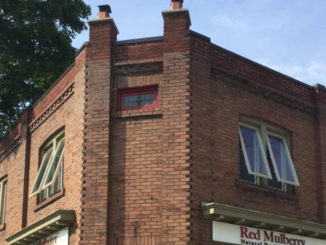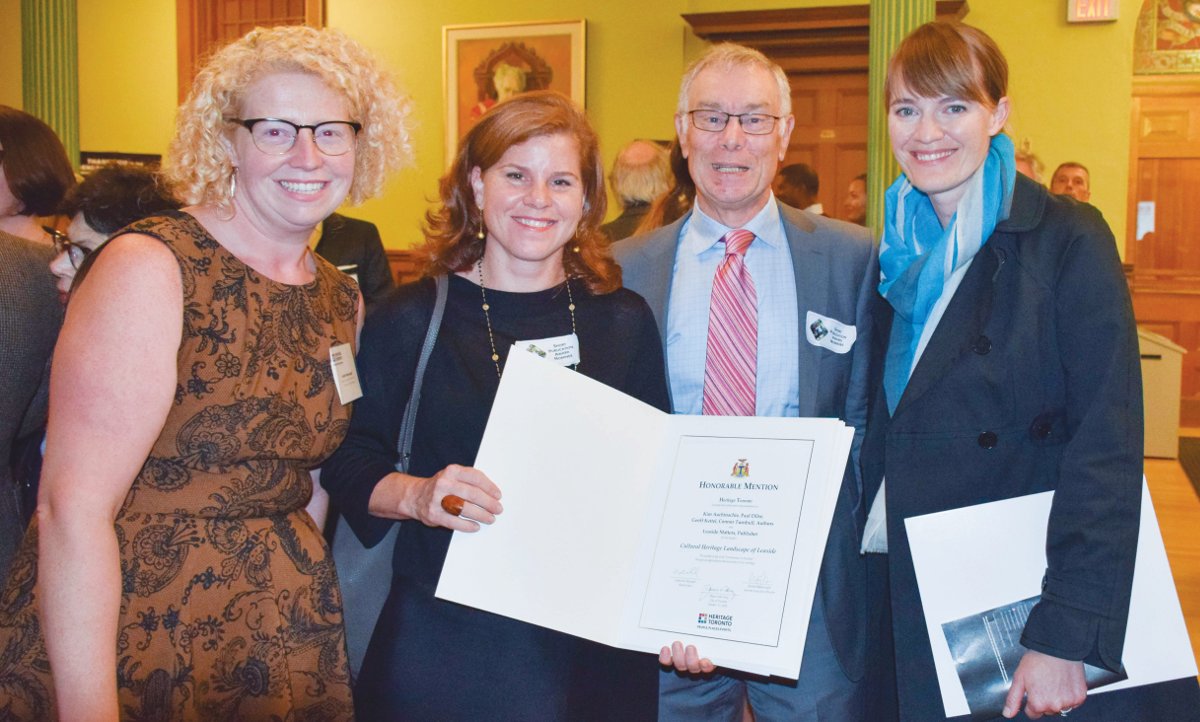
Attending the 100th anniversary ceremony of the Battle of Vimy Ridge on the 9th of April, I felt all of Canada was with me on that wind-swept northern French hill. I was there with my student group of 40 who helped make up the youth contingent of over 25,000. Some were fifth generation Canadians while others were children of refugees or else refugees themselves, but all of them felt instantly connected to the monument, the battle and Canada. The reason is clear: it is the magic of the marble masterpiece unveiled in 1936 and conceived and ultimately realized by Toronto sculptor Walter Allward.
Allward, a graduate of Central Technical School, won the competition to remember the Battle of Vimy Ridge. It was a four-day “slaughter” in which all four divisions of Canadian soldiers under the command of a Canadian general, Arthur Currie, were victorious against the occupying Germans. The battle was won, however, at a huge cost of more than 3,000 dead and thousands wounded, including my maternal grandfather, who was 18 at the time and who received shrapnel wounds to the leg.
Allward decided that the memorial had to be either pure white, like the snow so many of the Canadian soldiers who fought that day would be so familiar with from their childhoods back in Canada, or else granite, the colour of the Canadian Shield. He searched for the perfect material for two years until he ultimately found the perfect, flawless, white marble quarry outside Split in what was then called Yugoslavia. He hired only Italian sculptors to carve the 20 figures, including “Mother Canada,” who overlooks the Tomb of the Unknown Soldier and who looked over all of us during the ceremony.
The monument is pure poetry in stone and strikes visitors as phenomenal as they approach it up the winding road leading to the site. The two pylons represent Canada and France and cap the all-important ridge that was strategic and coveted during the Great War. The site itself is over 90 hectares in size, and as we reminded our students, is very much a cemetery since there are still hundreds of bones of the battle dead, both German and Canadian, not too far below the surface of the gently sloping grassy fields.
I have taught history for 30 years and have been to Vimy before. The first time was with students for the 90th anniversary of the battle. But this time was different. Perhaps it was the sheer importance of the number: 100 is a significant milestone. But it was also the very well planned event that struck a chord: the Aboriginal singing, drumming and dancing; Prime Minister Trudeau’s well-chosen and heartfelt words that evoked Canadian values and the part the Vimy victory played in the shaping of our nation; and the dramatic reading of “In Flanders Fields” by Canadian actor Paul Gross, who combined excerpts from John McCrae’s journal with stanzas from the poem.
If I had any doubt about the enduring impact of the memorial it vanished when, during the time spent in front of the memorial during that warm and cloudless day, I talked with attendees in their late 20s who had come as high school students for the 90th anniversary. They talked of being so moved then that at the tender age of 17 they vowed to come in a decade if at all possible. That commitment and determination spoke loudest to me about the magic of Vimy.
Leasider Mitch Bubulj is a teacher at Silverthorn Collegiate in Etobicoke.




